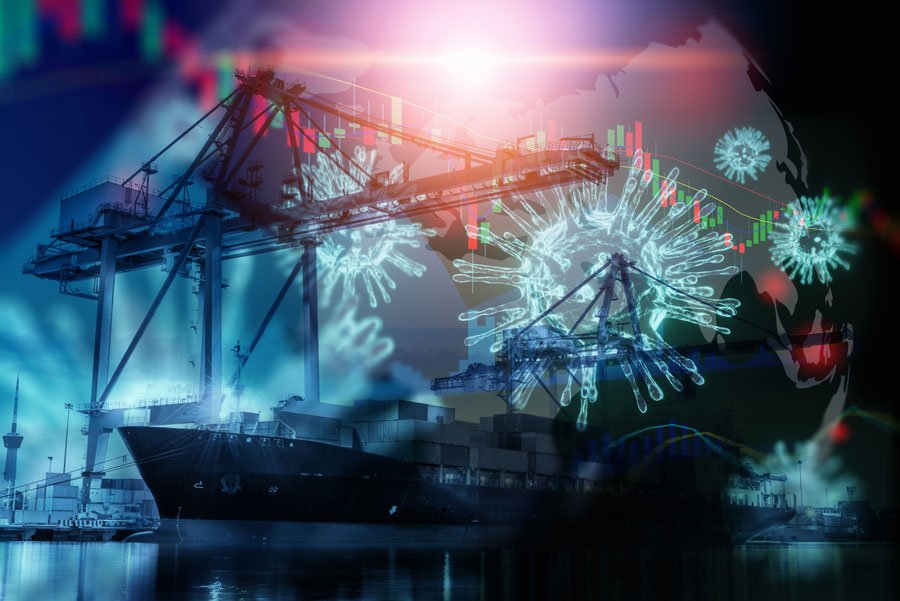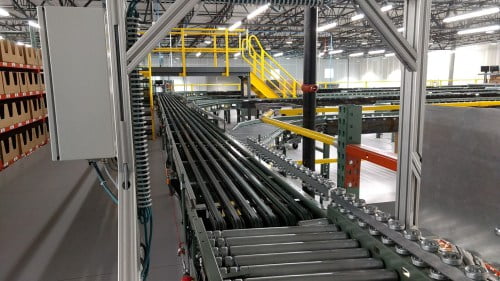Published June 10, 2020
Seismic sea waves, tidal waves, harbor waves and tsunamis are all the same thing but seen at different times. The first view of a seismic sea wave comes about when a strong earthquake (seismic activity) occurs with a large vertical undersea displacement that results in a column of water being displaced resulting in a wave that travels very quickly. These seismic sea waves travel over the open sea with a wavelength of 100 miles at speeds of over 500 miles per hour. These open sea waves only have a height of 3 feet and seem more like the rising of the tide than a breaking wave. If in a boat and a seismic sea wave passes by, you will feel very little as the boat gently rises and then 10 minutes later gently falls like the tide, i.e. a tidal wave. When the tidal wave enters shallow water (like a harbor), the tidal wave is compressed to a wavelength of 10 miles and the speed slows down to 50 miles per hour, resulting in an over 50-foot wall of water crashing ashore. This wall of water is called a harbor wave, which in Japanese is called a tsunami. A fact that is missed about all these definitions of seismic sea waves, tidal waves, harbor waves and tsunamis is that they are all plural, as in a series of waves. The fact is a single earthquake will result in a series of waves. There is run-up and a drawback cycle of a series of wave trains that come ashore. So for example, a 24-minute wave cycle could have a six-minute ridge of a tsunami wash ashore and cause destruction on land, followed by a six-minute drawback where the floodwaters drain sweeping all in the path out to sea, followed by six minutes of significant ocean floor being exposed to six minutes where the ocean floor is filled in, and the process repeats with the next tsunami in the wave train. This series of tsunamis could have waves arriving with a wave cycle of just a few minutes to a few hours depending on the wave speed, wavelength and topology of the ocean floor.
The occurrence of one earthquake begetting one tsunami consisting of several waves is devastating. A series of earthquakes begetting several tsunamis, each consisting of several waves, is unprecedented and will beget global chaos. In all of history, we have never experienced a triple whammy of three tsunamis hitting all at once. But here in 2020, we have:
- The digital commerce tsunamis consisting of the waves of:
- Online retail
- Omnichannel retail (in-store/online)
- Unichannel retail (in-store/online/marketplace)
- The China trade war tsunamis consisting of the waves of:
- Inexpensive Chinese manufacturing
- Unaligned balances of trade
- Tariffs and nearshoring/reshoring
- The COVID-19 pandemic tsunamis consisting of the waves of:
- Closing of the Chinese “factory of the world,” disrupting global supply
- Lockdowns resulting in the disruption of the demand for products
- Failing supply chains begetting economic mayhem
The three earthquakes of digital commerce, the China trade war and COVID-19 have begot the three tsunamis that have had major impacts on the public health, economic health and mental health of the world. The resulting chaos in our supply chains is what we are dealing with today as we attempt to respond to these three separate tsunamis wave trains at the same time.
Interestingly, some businesses are responding to only one of the tsunamis. This will result in failure. Others responding to only two of the tsunamis will also fail. All manufacturing and retail businesses must respond to digital commerce, China sourcing and COVID-19 to be successful going forward. Many companies will fail because they are blindly addressing the COVID-19 pandemic and assuming the waves of digital commerce and China sourcing will fade away. Similarly, while addressing COVID-19 is important, if that is all a company addresses, they will be washed away by the waves of digital commerce and the China-based supply chains.



